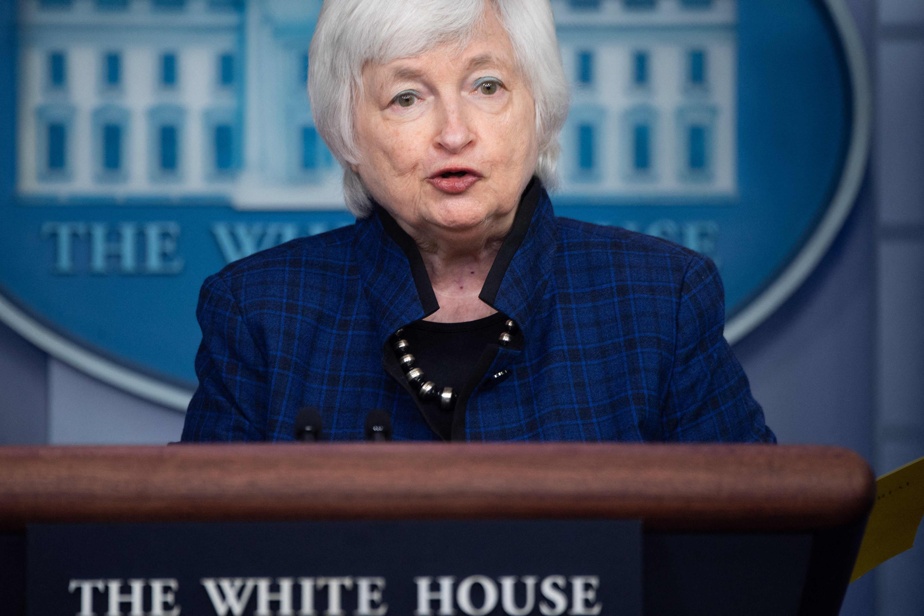(Washington): The race against time is going on in the US Congress to find an agreement on the debt ceiling and prevent the US from defaulting, which will have serious consequences for the US economy, but also for the world.
Julie Chabanas
France media agency
The debt ceiling is the amount of debt that the state cannot issue new loans to finance itself, which prevents it from meeting its payments.
It differs from a “shutdown,” the paralysis of federal state services, which can occur when Congress is unable to agree on a budget before September 30.
The two topics coincide this year. To avoid a “shutdown,” House Democratic Speaker Nancy Pelosi said Monday in a statement that this week the House will adopt a “government funding bill through December.”
This bill also plans to suspend the debt ceiling “until December 2022,” she added.
Negotiation
Only Congress is entitled to raise this ceiling, and with the provision announced on Monday by Mr.I Pelosi’s Democrats hope to give themselves time to rally Republican support.
They are vehemently opposed to the $3.5 trillion in social spending that Joe Biden wants. Democrats, to adopt these measures, are also considering the use of a measure that would allow them to dispense with the votes of Republicans.
They will have the possibility of including the debt ceiling in this device, called “reconciliation”.
But they did not run into the September 30 deadline because negotiations are stuck. Especially because there are differences of opinion even within Democrats.
The Democrats control the entire government. “They believe they are perfectly capable of settling the debt ceiling themselves,” Senate Republican Leader Mitch McConnell said on Twitter.
He accuses Democrats of seeking the votes of both parties to collectively endorse a “historic religion.”
The country should never fail. The debt ceiling must be raised. Last week, he told political news site Punchbowl News it was up to those the American people chose.
For its part, the Biden administration continues to remind us that the debt ceiling relates to spending that has already been incurred, including by the Trump administration, not those that have yet to be adopted.
Democrats and Republicans “have a responsibility to pay off the debts we have already incurred. And it’s always been done with the participation of both parties,” Senate Majority Leader Chuck Schumer confirmed Monday.
“This is not a new partisan fight: it is about avoiding a crisis that will destroy all the progress our country has made in recovering from the COVID-19 crisis,” he said.
‘Historic financial crisis’
The Biden administration warned again Monday of the danger of a “historic financial crisis” because the United States could no longer meet its financial commitments from mid-October.
High interest rates, soldiers and retirees with no income, another US recession and millions of job losses: Treasury Secretary Janet Yellen portrayed a harrowing vision in an editorial in the Wall Street Journal.
The debt ceiling has been in effect again since 1He is August, to $28.4 trillion – compared to just $5 billion in the mid-1990s. It was suspended in August 2019, thanks to an agreement between former President Donald Trump and elected Democrats in Congress.
The subject is a chestnut tree in American political life: since the 1960s, this ceiling has been raised or hung 80 times. During the four years of Donald Trump’s tenure, three suspensions were voted on.
The Committee on Responsible Federal Budget, a centrist organization, said in a document released on July 28 that failure to raise the debt ceiling would have “serious consequences that experts cannot predict.”
The United States has never defaulted, but in 2011, under the Obama administration, political impasse led rating agency Standard & Poor’s to withdraw the “AAA” rating of US debt, causing a wave of turmoil.Shock the markets.

